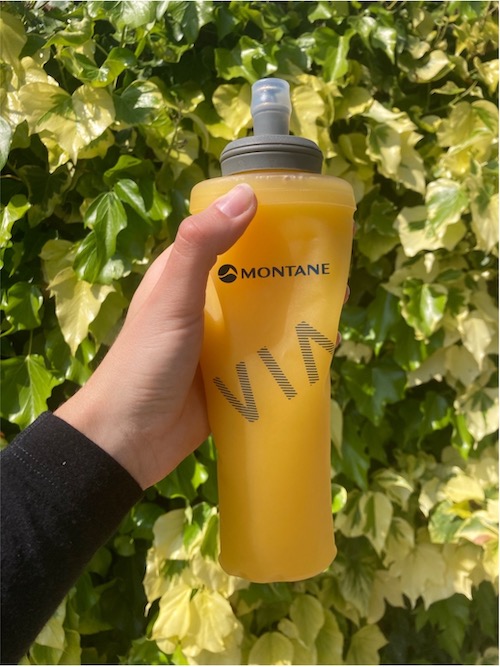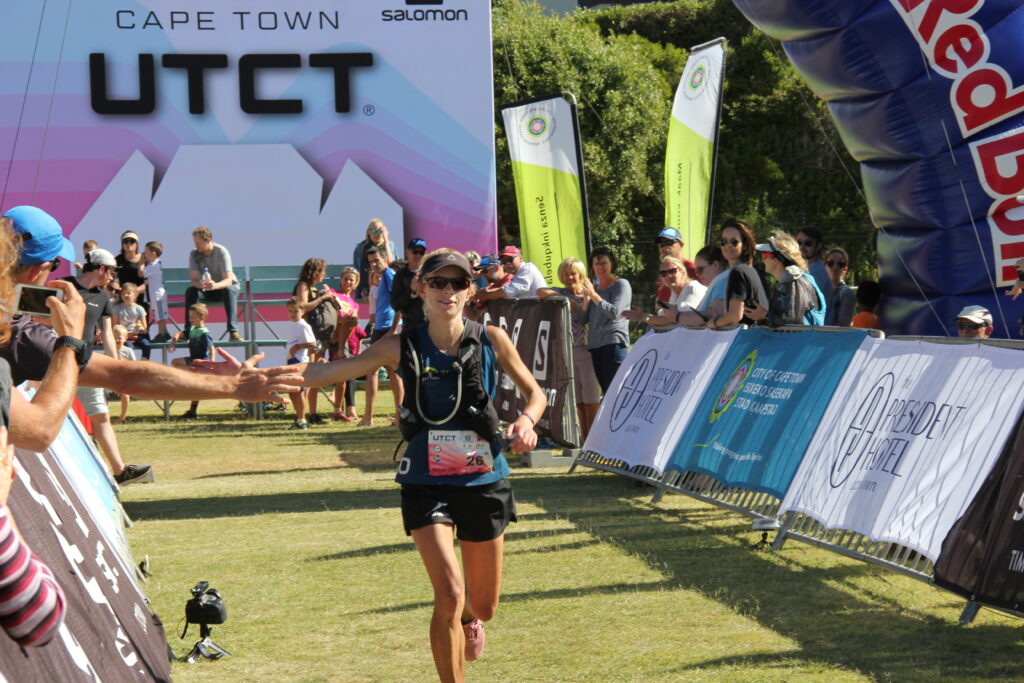In the build-up to a race there can be a lot of organisation and preparation required. Travel arrangement, hotels, bib collection, mandatory equipment and kit preparation. So often nutrition can be an unwanted additional task to complete.
Planning your nutrition should start long time before race week, but I appreciate things don’t always go to plan, nor do we always have the luxury of lots of time. I will run through a few important aspects to consider in the run up to a race.
Training
The most important aspect to nailing your nutrition strategy is to practice. Nutrition is very individual, we all have different preferences, nutritional requirements, training volume and different foods that we can tolerate. The current recommendations are to aim for up to 90g carbohydrate/hour if you are training for longer than 3 hours.
Just because your ultrarunning idol appears to run only taking one particular gel (that they are probably sponsored to take anyway) doesn’t mean that is what you need to eat. There are so many options of sports products out there.
- Gels – different sizes, flavours, consistency, with additional electrolytes and caffeine.
- Sports bars – high protein, added nutrients, recovery bars.
- Sports drinks – electrolyte mixes, carbohydrate drinks, powders and ready-made.
These can all be great options but they don’t have to be the only option. Don’t forget about real food. For example I will always take a cheese sandwich with me on my long runs. You may be thinking this is an unconventional choice, but I really like them. I choose the white fluffy rolls which are high in carbohydrate and easier to digest. The cheese makes it tasty, and also provides a small amount of protein which is necessary on longer runs.
So when you break it down not actually a terrible option, but this is individual to me and what I have found works. Don’t be afraid to test out some different foods, but the key to this is to try it out several times and consider the climate and length of your run as well.
If you are racing somewhere hot then will the food last in the heat? If you are going abroad will you be able to find the foods? I have an ultra race scheduled in Turkey in October; will I be able to buy cheddar out in Turkey – I am yet to fully research but thinking this is unlikely so I need to modify and think of another option in advance and test it out.
It is important to not forget about hydration, especially on training runs. Whether you use a bladder system, soft flasks or a bottle hidden in a hedge, get used to drinking regularly. You should be aiming for 150-350ml fluid every 15-20 minutes. Measuring your sweat rate can be helpful to ensure that you are replacing what is lost.
You may consider using a sports drink with carbohydrate added to provide you with fuel as well as fluid. Especially if the race is in a hot climate, or simply a warm day, you may need to consider additional electrolytes. I often make my own sports drinks as I find them more palatable. But once again practice taking on fluids during training, especially if you are going to try some of the sports drinks.

Most events tend to have a specific sports company who will may provide gels, sports bars etc. Find this out, if it doesn’t state on the website, drop them a message and I am sure that they will happily let you know what will be provided. If the website is a little more elusive, then I often find other runners blogs quite handy to get more of an idea.
This gives you an opportunity to test out the specific products. If you enjoy them and can tolerate them whilst running then this gives a good chance to pack lighter and take advantage of the feed stations. If the products don’t work for you in training, then don’t be tempted to try them on the day.
If possible, consider doing a recce of the course or at least part of it. Otherwise review the course profile and look at the website. This helps to plan your nutrition strategy.
You need to consider:
- Where are the feed stations, how far between them is it?
- Is there a bag drop part way round?
- When are the hill climbs (if there are any)?
- If you will have any spectators, where are they likely to be?
If you are running a hilly race, it is important to consider when you will be eating. Although you may be walking up hills, they may not be the best time to eat actual food but a gel may be easier. You may also be using poles and therefore more difficult to eat. Consider eating on the flats or at the peaks, as this may be the easiest strategy.
Race Week
In the week leading up to the race this is when you will be tapering your training, and getting your bags packed. Write a list of all the food that you need, so you have plenty of time to get the products ordered if needed.
Be organised, if you are carrying a selection of food, try to separate out into individual bags to help you keep track of how much you are eating but also makes it easier to find in your race vest. Runners often find that they think they have eaten a lot more than they actually have, so being prepared and pre-portioning out your food is a good way to avoid this.
Whilst getting organised don’t forget about your meals in the lead up to the race. Carbohydrate loading is an idea that is often discussed and the reason for the night before ‘pasta parties’, but in fact it is a well researched area that has been found to significantly improve performance.
The theory behind carbohydrate loading is to ensure that your muscles’ glycogen stores are topped up to then be able to provide more energy to allow you to exercise for longer before fatigue sets in. This technique is only really beneficial in events lasting longer than 90minutes (or events that involve heats or a number of matches over a short period of time). Carbohydrate loading has been found to increase time to exhaustion by 20% and improve performance by 2-3%.
There are a few different regimens that have been researched, but the most popular is to have 10-12g/kg body weight per day for the 36-48 hours pre event. For example if your race starts on Saturday then switch to a high carbohydrate diet for the Thursday and Friday. It is worth noting that the carbohydrate recommendations are really high and therefore can be difficult to hit. Individuals will have different levels of tolerability; common unwanted side effects include bloating and general gastrointestinal discomfort. If you decide to give carbohydrate loading a go, then rehearse it during your training to see if it works for you and you can tolerate it.

Day before the race
There are a few additional considerations:
- Choose meals that are high in carbohydrate, lower fat and lower fibre. For example, a pasta dish with a tomato-based sauce, rice or noodle dishes.
- Avoid alcohol
- Focus on hydration: carry fluids around with you to ensure you are properly hydrated
- If you are travelling, do some research ahead of time at suitable places to eat out.
- Stick to familiar foods and don’t try anything new.
- Relax and try to get a good nights sleep!
To conclude there are a number of different strategies to consider when preparing for a race, but the key thing to remember is to practice, practice and practice again.
About the author: Rachel is a sports dietitian and ultra-runner. She supports athletes with their performance nutrition via Rachel White Nutrition.
Header photo courtesy of XNRG



